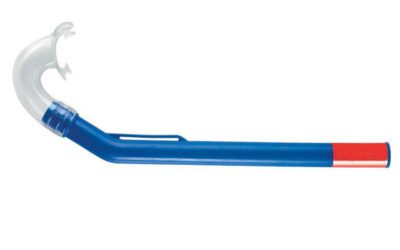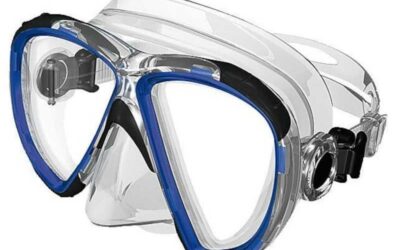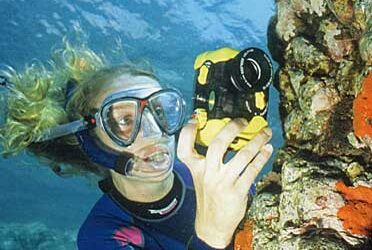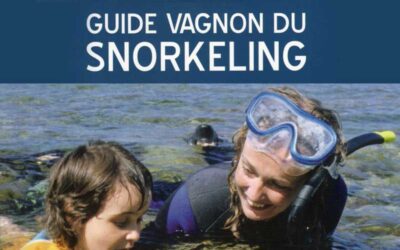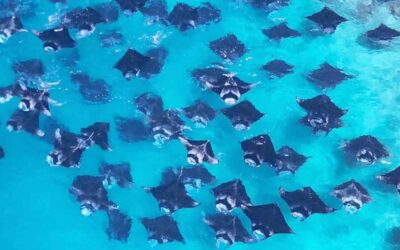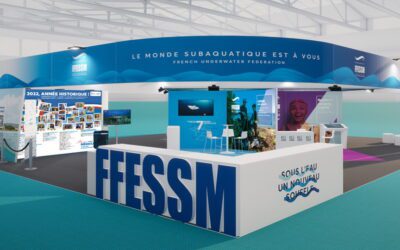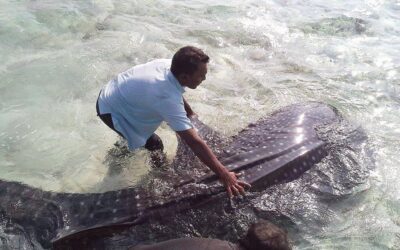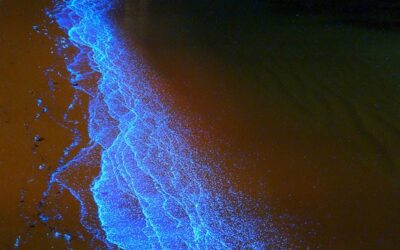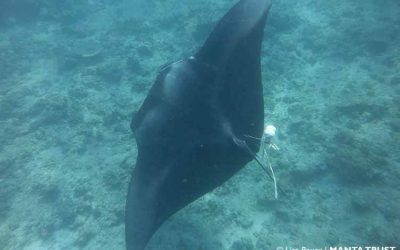Snorkeling equipment: fins
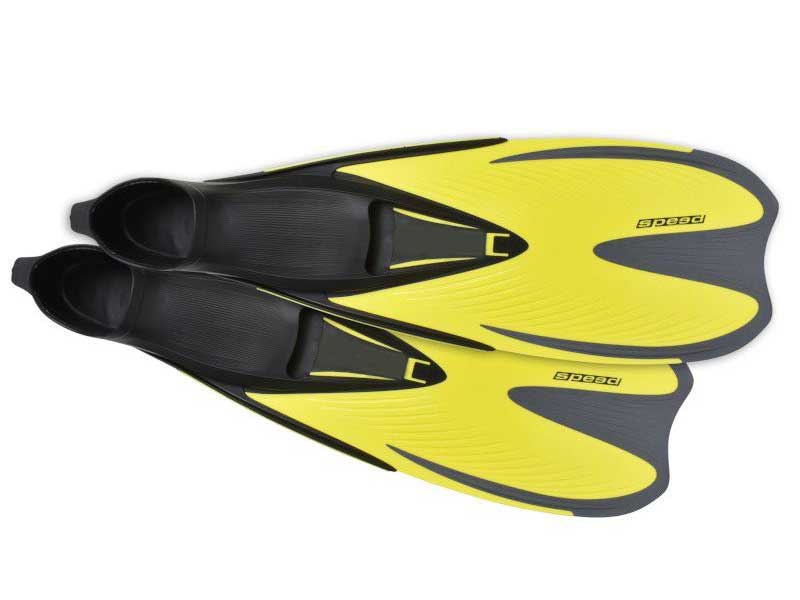
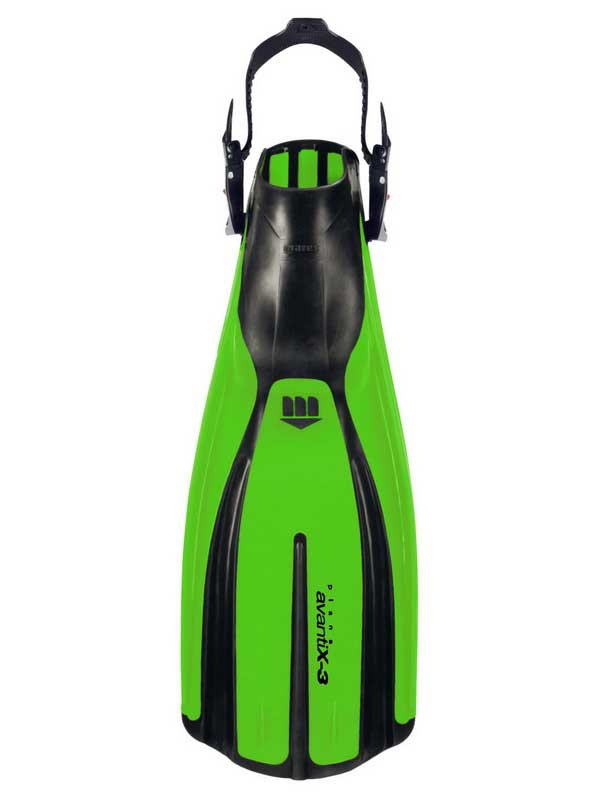
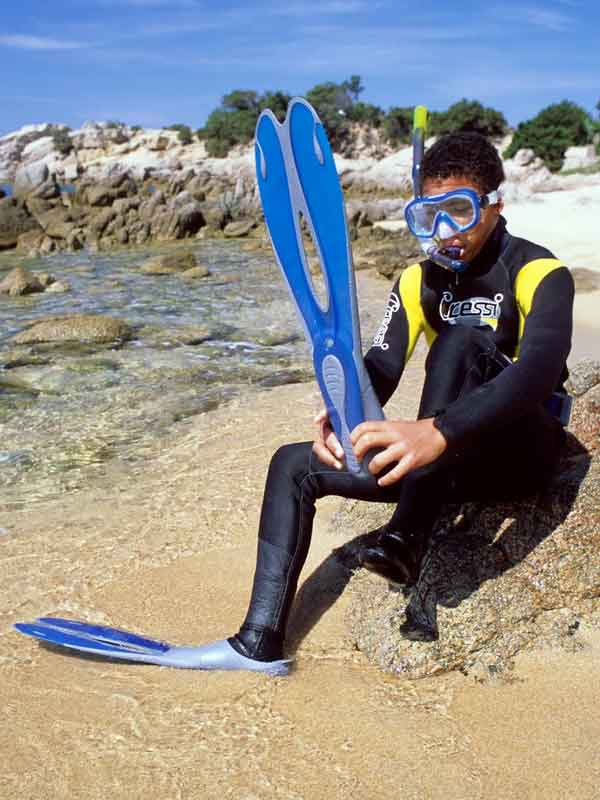
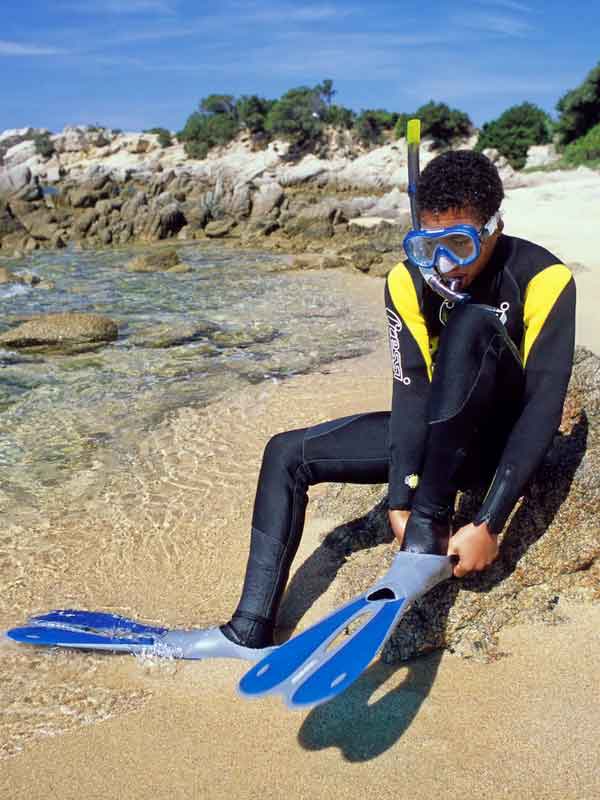
The junction between the foot part and the blade must be as wide as possible, to ensure efficient transfer of the force of the stroke.
The blade is the mechanical element that restores the force stored by the fin and transforms it into a propulsive wave.
The blade must be elastic, flexible and rigid at the same time. Like a leaf spring. If it's too elastic or too flexible, it won't be very effective. If it's too rigid, it will cramp more easily and won't allow satisfactory finning.
The presence of spars on the side of the fin channels the flow of water and prevents propulsive energy from being dispersed.
Longitudinal ribs or channels on the fins play the same role, preventing the fin from slipping sideways. Finally, some fins feature flexible rubber channels. The aim is the same: to channel the flow of water caused by finning and direct it backwards to promote propulsion.
Some fins, known as "openwork", have a hole to facilitate penetration into the water, for less effort. They are designed for beginners and those with little training. They make it easier to learn, without the risk of fatigue, pain or cramps.
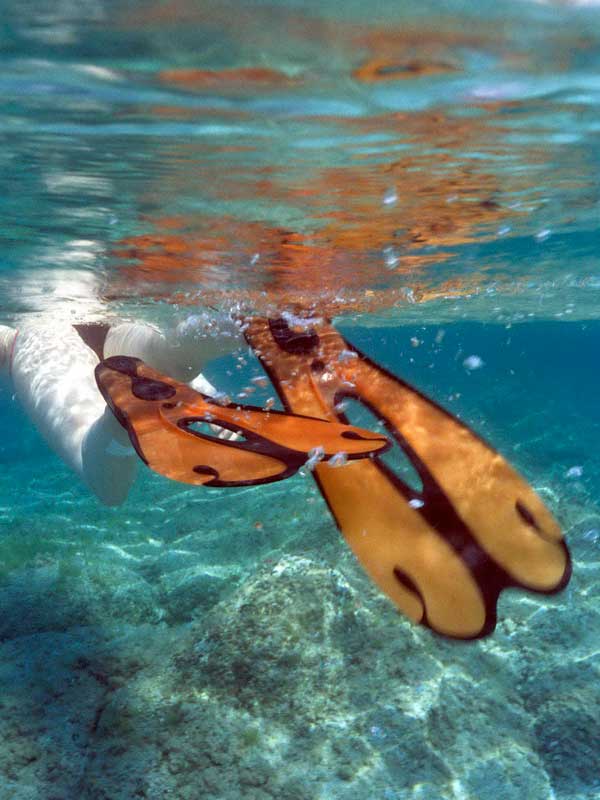
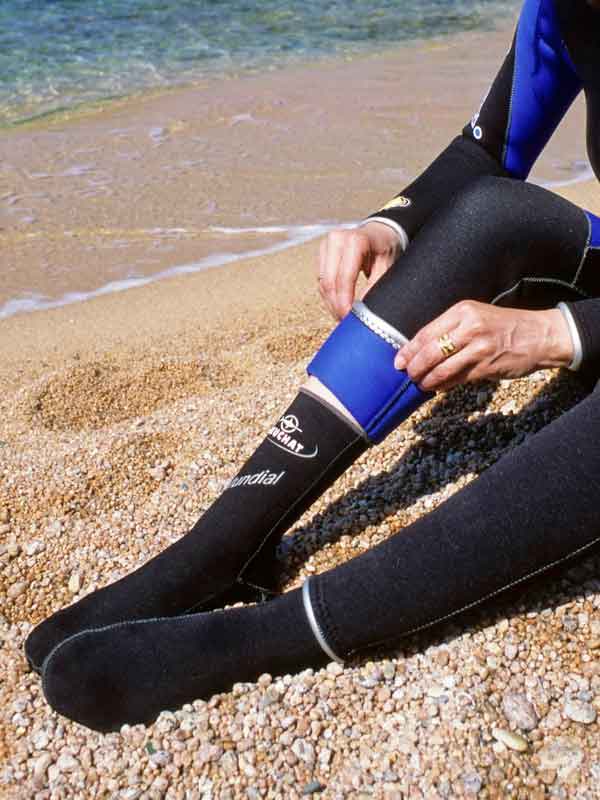
More articles
Snorkeling equipment: the snorkel
There's nothing simpler than a snorkel: a mouthpiece and a tube. Get used to using a simple model, with no siphon or valves for "automatic" water evacuation.
Snorkeling equipment: the mask
A mask consists of one or two lenses, also known as portholes, a rubber or silicone skirt, and a strap to hold it all together.
Emmanuelle Levasseur, Julien Collet
At a time when the state of our seas and oceans is steadily deteriorating, and underwater life seems to be in danger everywhere, snorkeling is a marvellous discovery that can turn into a useful awareness-raising activity.
Snorkeling guide: Introduction
The snorkeling guide is a handbook for choosing your equipment and getting the best out of it on the surface and during your first dives.
Hanifaru - UNESCO Reserve in the Maldives
Hanifaru Bay is famous for its gatherings of manta rays and whale sharks. Hanifaru is only accessible by snorkeling.
Identify mantas with Manta Trust
Join the IDthemanta program with Manta Trust to record mantas.
I've lost my FFESSM level card
You've lost your card and would like a new one.
Whale shark rescue in Maduvvari
On Maduvvari Island (Meemu Atoll - Maldives), a whale shark was stuck in the lagoon, unable to move!
Incredible bioluminescent waves
Bioluminescent waves are a natural phenomenon. They have been observed on the island of Mudhdhoo in Baa Atoll.
A manta saved
Lisa saves a manta in the Male North atoll during a dive at the Rasfari site...
